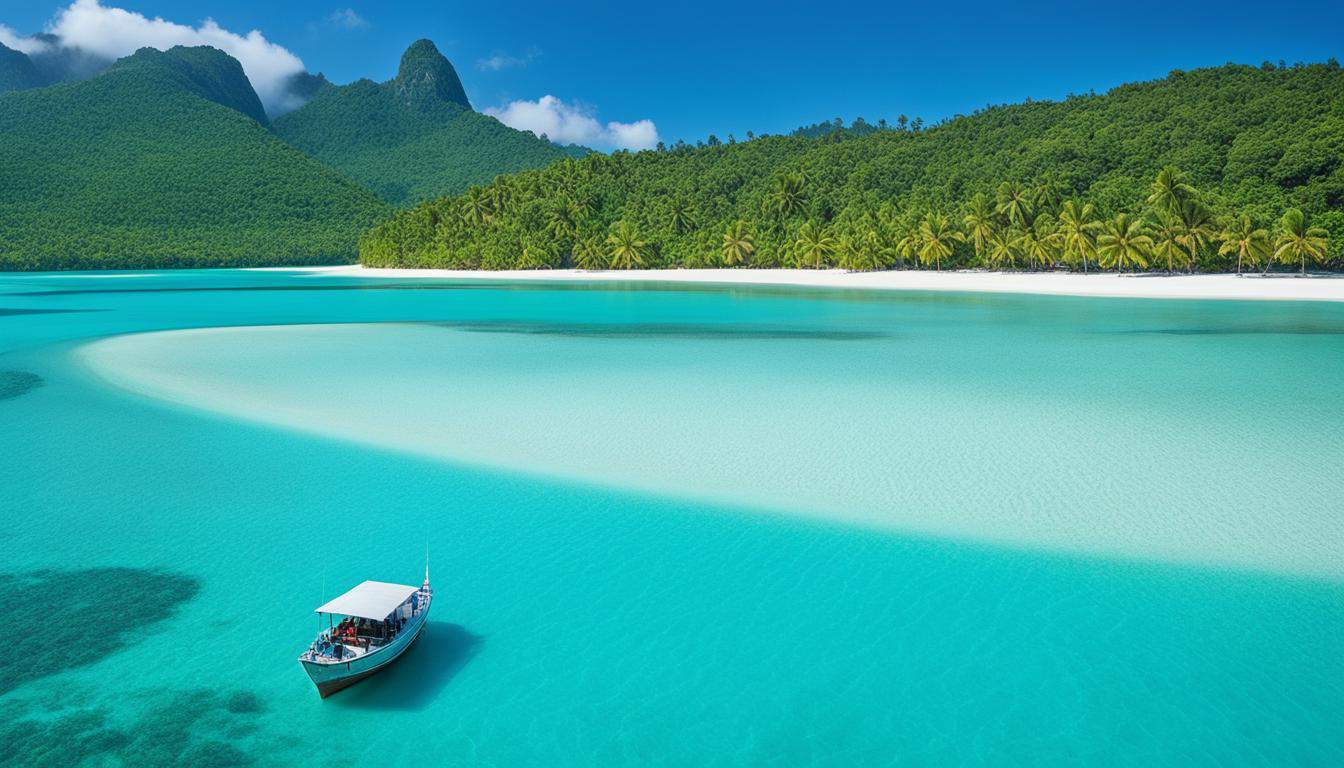
Sandbars are fascinating natural formations that often spark curiosity. These underwater ridges of sand, gravel, or silt can be found in rivers, lakes, and oceans. But what exactly makes them so intriguing? Sandbars form due to the movement of water currents, which deposit sediments in specific areas. They can create temporary islands, alter navigation routes, and even provide habitats for various marine life. Whether you're a beachgoer, a boater, or just someone interested in nature, understanding sandbars can add a new layer of appreciation to your outdoor adventures. Let's dive into 23 captivating facts about these unique features.
What is a Sandbar?
A sandbar is a natural landform made of sand, silt, or gravel that forms in bodies of water like rivers, lakes, and oceans. These formations can be fascinating and sometimes mysterious. Let's dive into some interesting facts about sandbars.
-
Sandbars are created by the movement of water currents which deposit sand and other sediments in a specific area.
-
They can form in various shapes and sizes, from small patches to extensive stretches of land.
-
Sandbars can be temporary or permanent, depending on the water currents and sediment supply.
Types of Sandbars
Sandbars come in different types, each with unique characteristics. Understanding these types can help us appreciate their diversity.
-
Barrier islands are large sandbars that run parallel to the coast and protect the shoreline from waves and storms.
-
Shoals are submerged sandbars that can pose hazards to navigation.
-
Spits are narrow sandbars that extend from the coast into the water, often curving at the end.
Formation and Movement
The formation and movement of sandbars are influenced by various natural processes. These processes can be quite dynamic and ever-changing.
-
Waves and tides play a significant role in shaping and moving sandbars.
-
River currents can also contribute to the formation of sandbars in freshwater bodies.
-
Wind can transport sand from one location to another, aiding in the creation of sandbars.
Ecological Importance
Sandbars are not just interesting landforms; they also play a crucial role in the ecosystem. They provide habitats and protection for various species.
-
Sandbars offer nesting sites for birds like terns and plovers.
-
They serve as resting spots for migratory birds.
-
Marine life, such as crabs and small fish, often find shelter around sandbars.
Human Interaction
Humans have interacted with sandbars in various ways throughout history. These interactions can be both beneficial and detrimental.
-
Sandbars can be popular spots for recreational activities like swimming and fishing.
-
They can also pose dangers to boats and ships, leading to shipwrecks.
-
Coastal development and human activities can impact the stability and health of sandbars.
Famous Sandbars
Some sandbars have gained fame due to their unique characteristics or historical significance. These sandbars are often well-known and visited by many.
-
The Great Barrier Reef in Australia includes numerous sandbars that contribute to its complex ecosystem.
-
Sable Island off the coast of Nova Scotia is known for its shifting sandbars and wild horses.
-
Dogger Bank in the North Sea is a large sandbar that has been a significant fishing ground for centuries.
Sandbars and Climate Change
Climate change is affecting many natural landforms, including sandbars. Understanding these impacts is essential for future conservation efforts.
-
Rising sea levels can submerge sandbars, leading to their disappearance.
-
Increased storm activity can erode sandbars more quickly.
-
Changes in water temperature and currents can alter the formation and stability of sandbars.
Fun Facts
Let's end with some fun and quirky facts about sandbars that you might not know.
-
Some sandbars are visible only during low tide and disappear underwater during high tide.
-
Sandbars can sometimes connect to form natural bridges between islands or the mainland.
And there you have it, a deep dive into the fascinating world of sandbars.
Final Thoughts on Sandbars
Sandbars are more than just sandy stretches in the water. They play a crucial role in coastal ecosystems, providing habitats for marine life and acting as natural barriers against waves and storms. These formations are dynamic, constantly changing shape due to tides, currents, and weather conditions. Understanding sandbars helps us appreciate their importance in maintaining the balance of coastal environments. Next time you see a sandbar, remember it's not just a pile of sand but a vital part of our planet's intricate system. Whether you're a beachgoer, a marine biologist, or just someone curious about nature, knowing these facts can deepen your connection to the natural world. So, next time you visit the beach, take a moment to appreciate the humble sandbar and its significant impact on our environment.
Was this page helpful?
Our commitment to delivering trustworthy and engaging content is at the heart of what we do. Each fact on our site is contributed by real users like you, bringing a wealth of diverse insights and information. To ensure the highest standards of accuracy and reliability, our dedicated editors meticulously review each submission. This process guarantees that the facts we share are not only fascinating but also credible. Trust in our commitment to quality and authenticity as you explore and learn with us.


